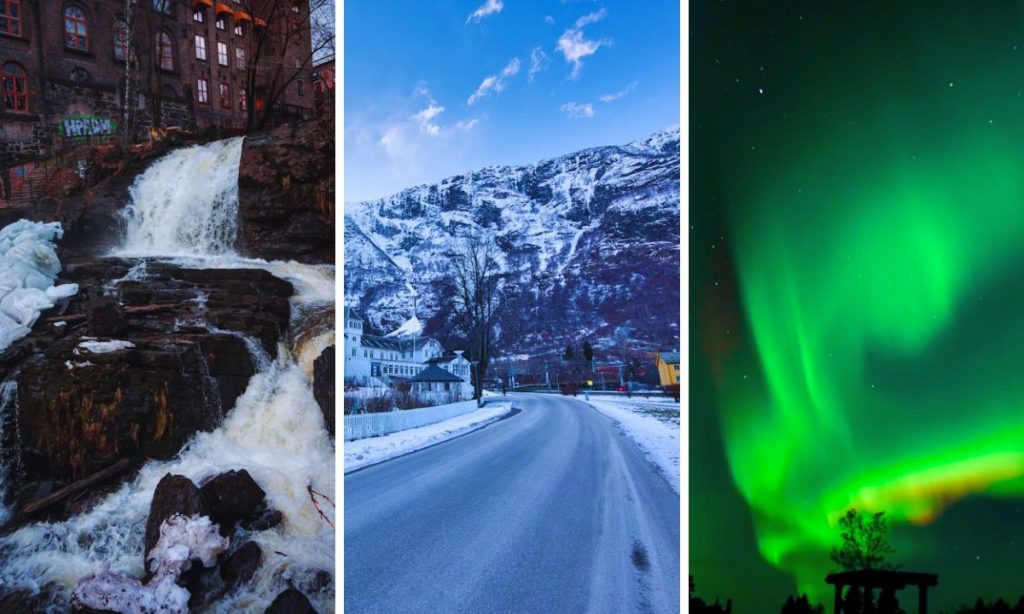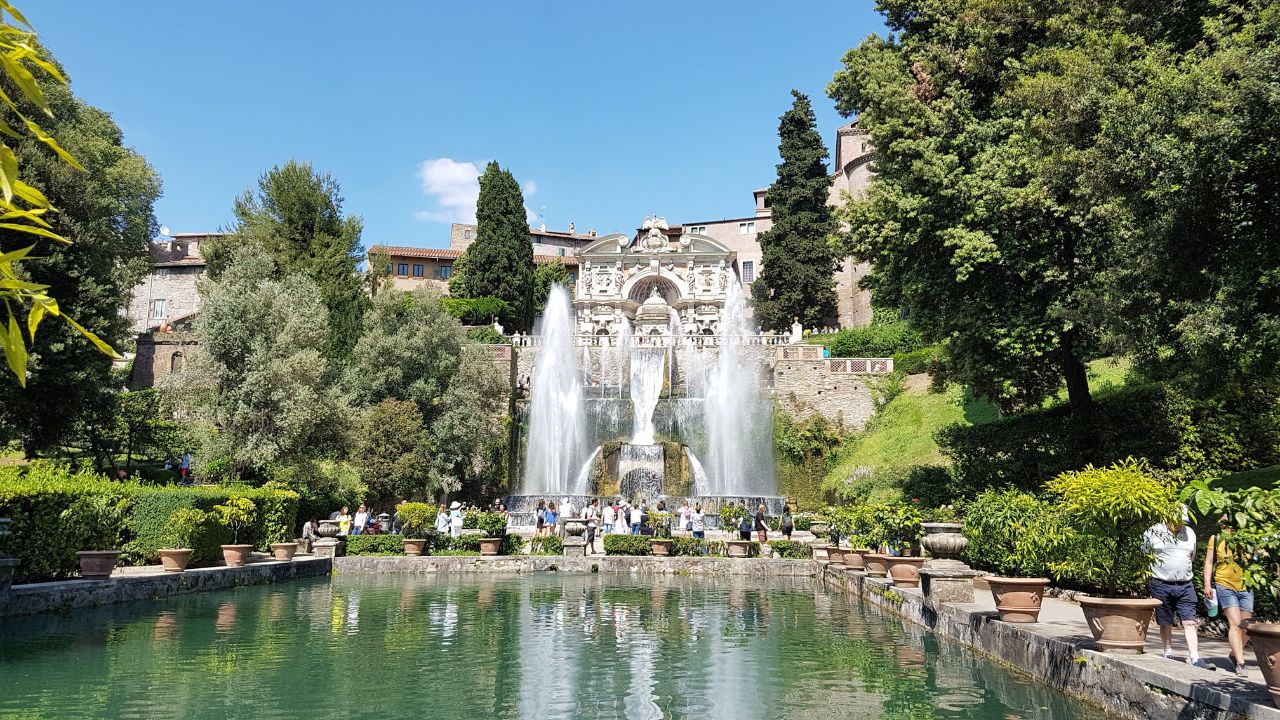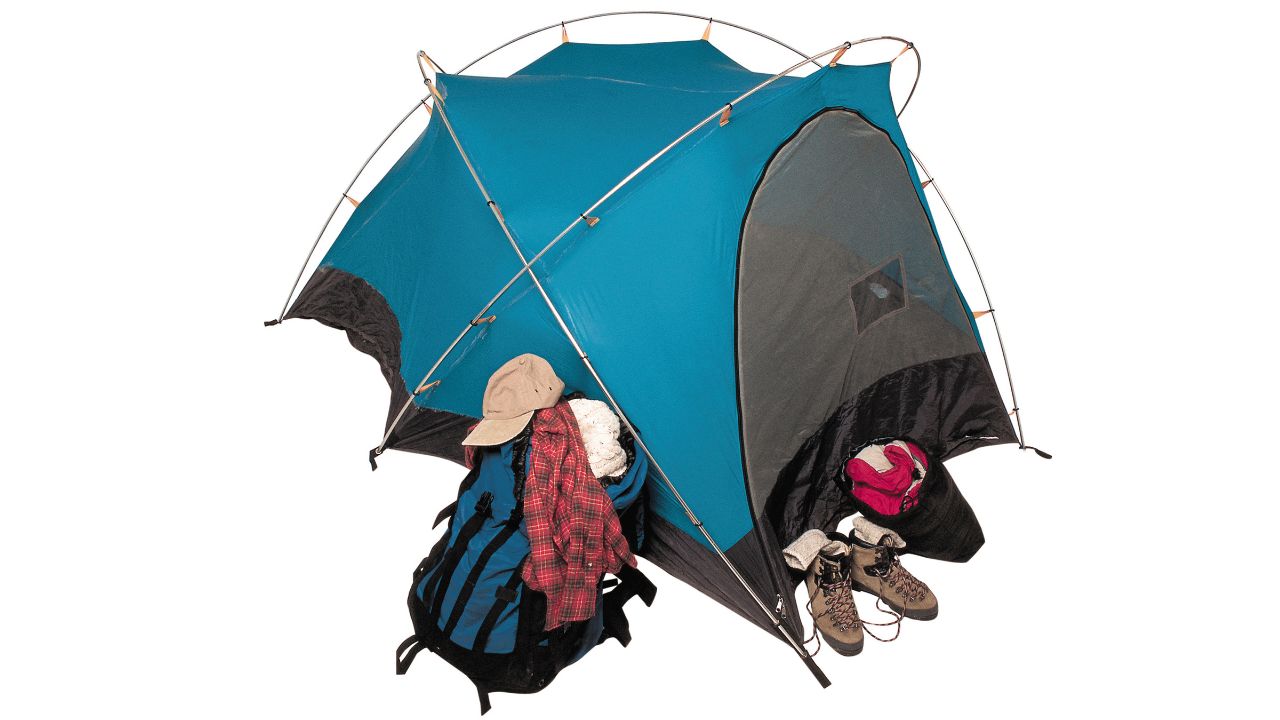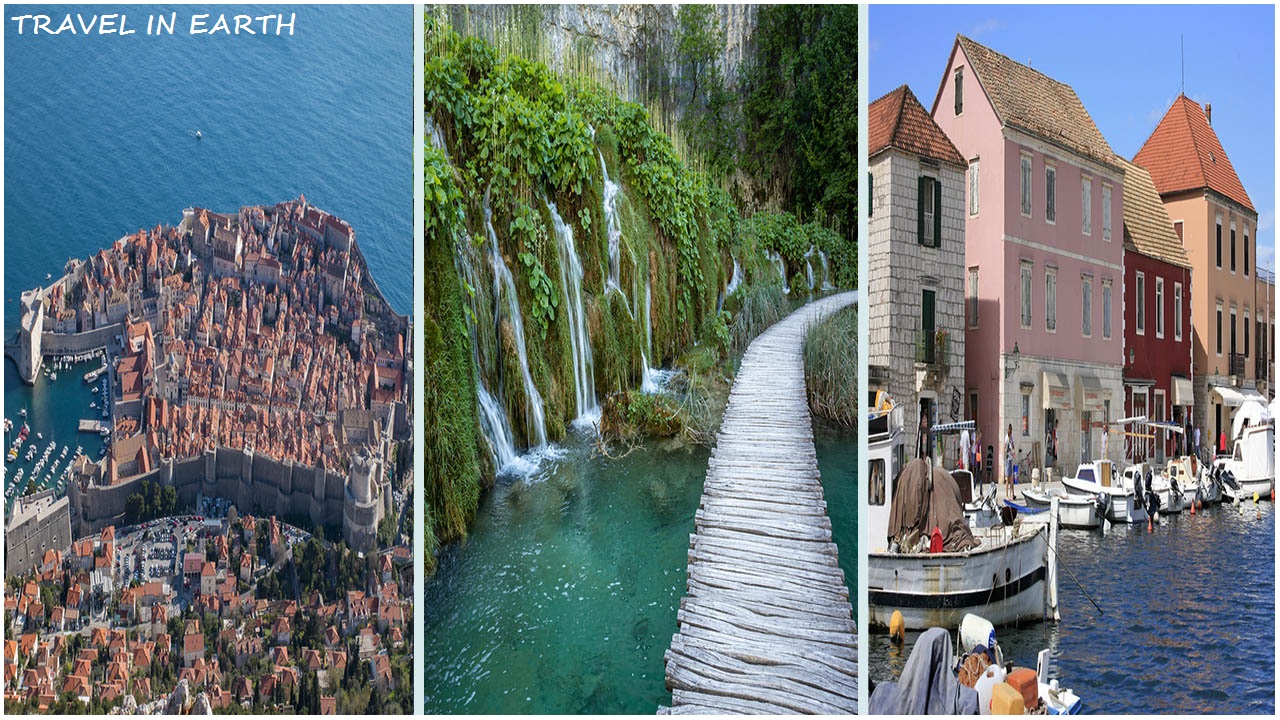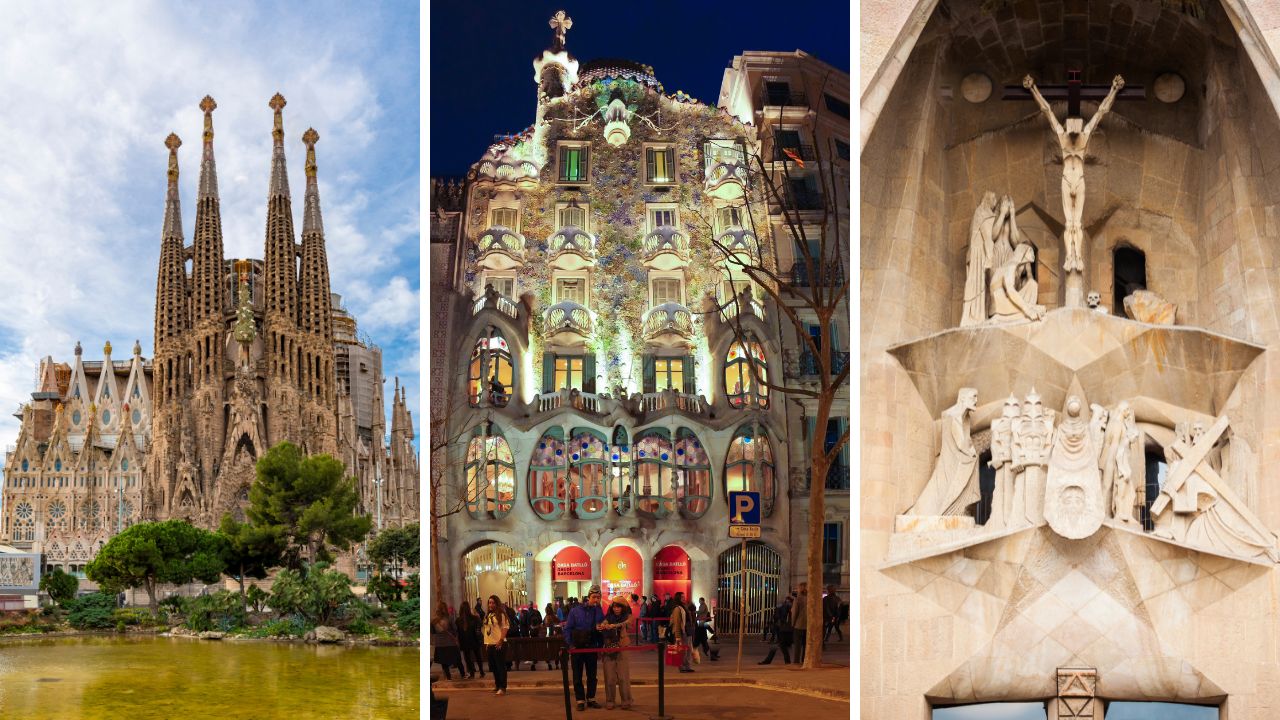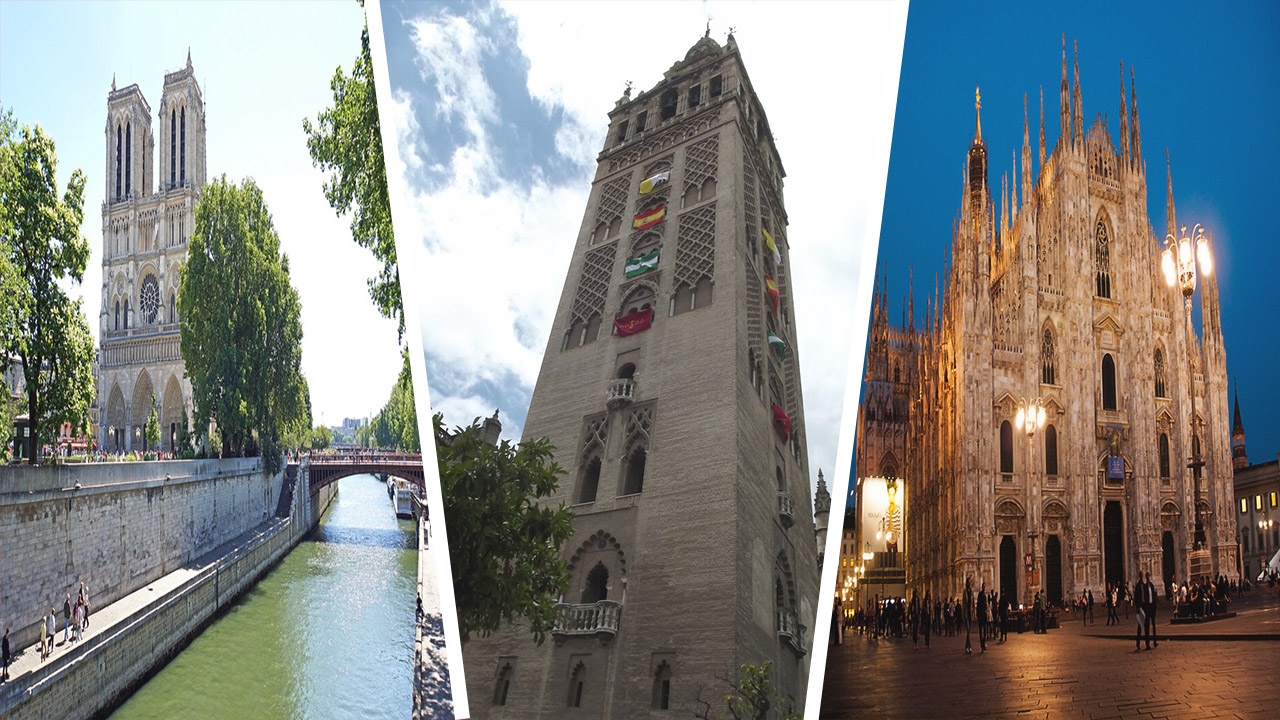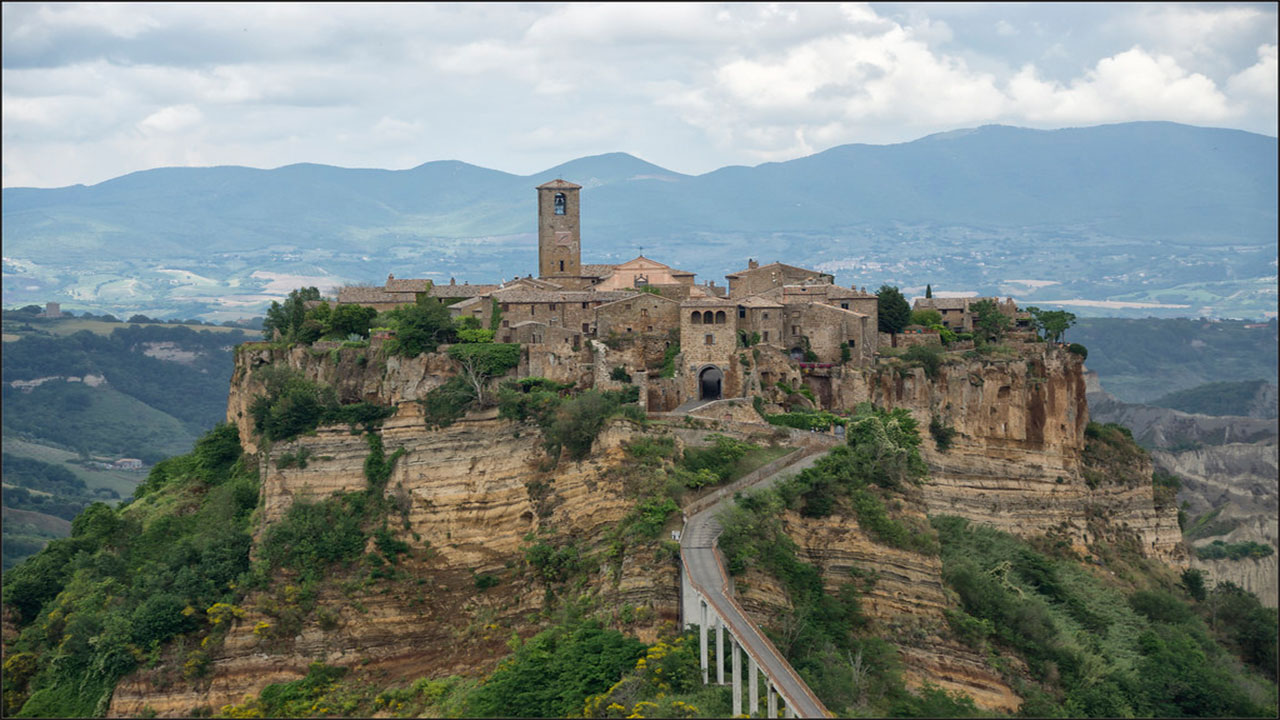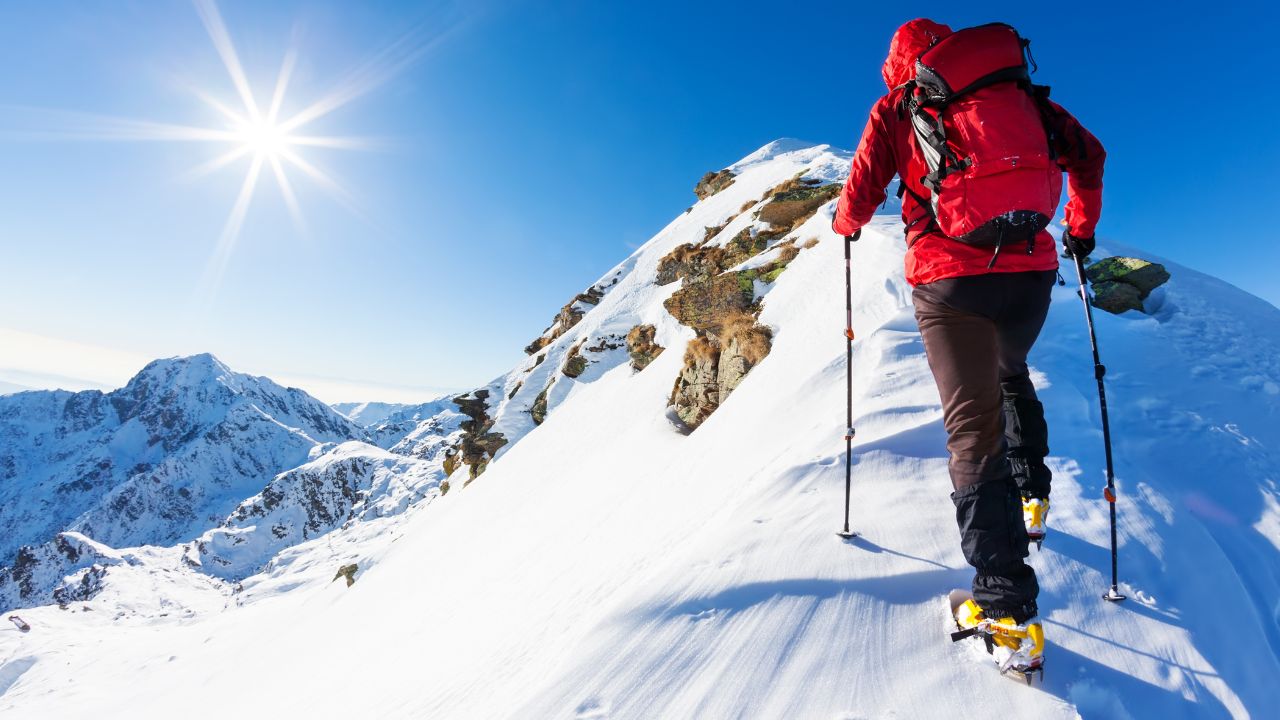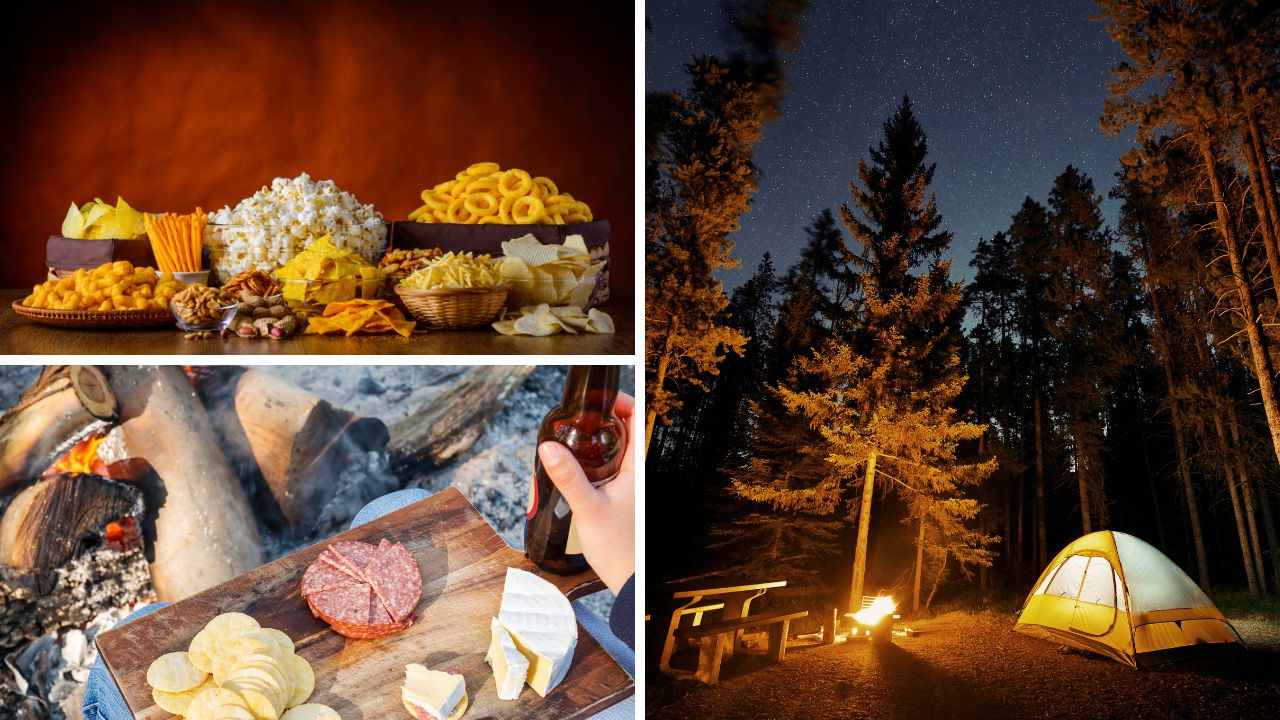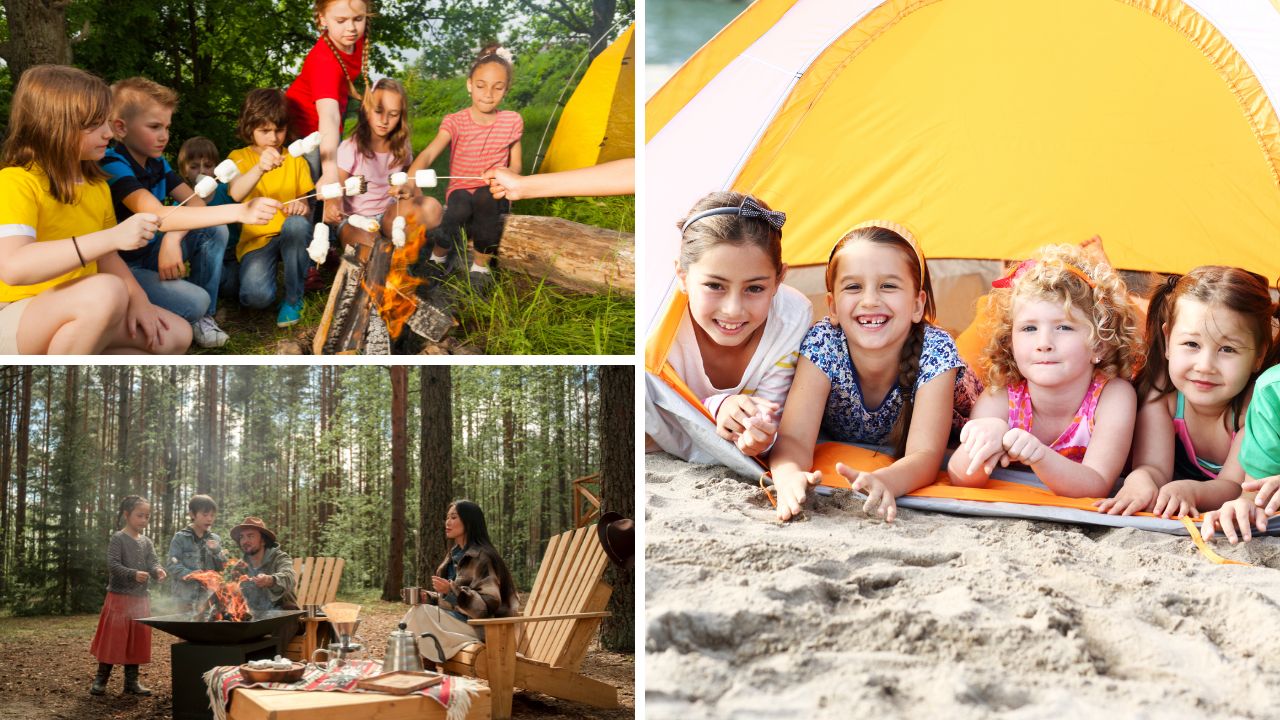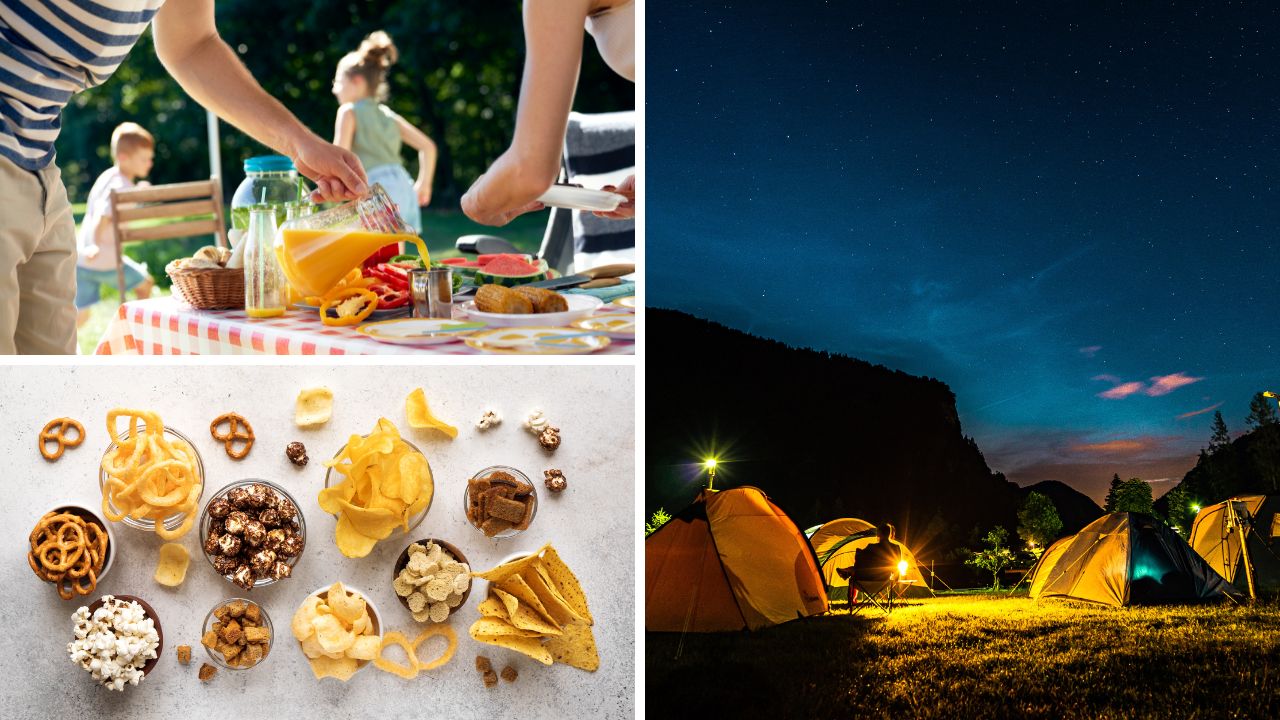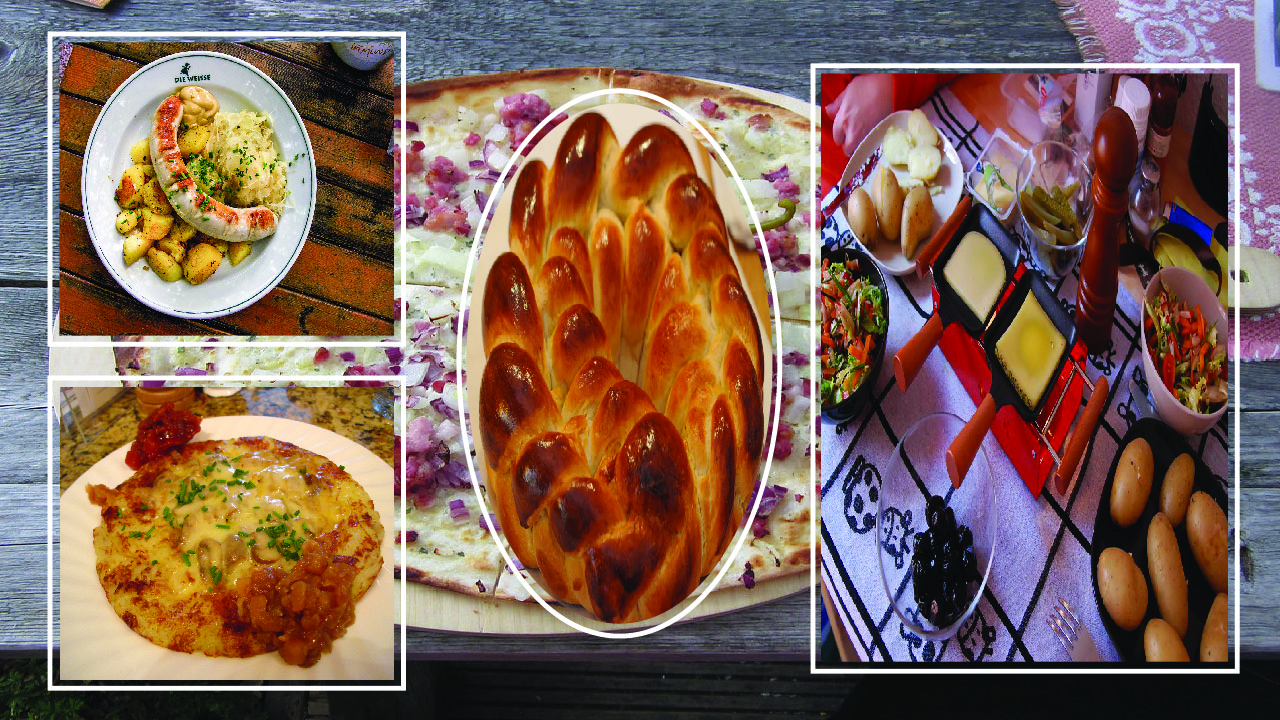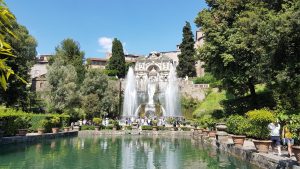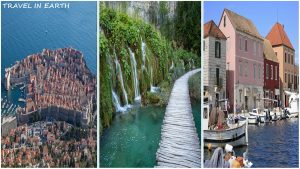Norway, a land of breathtaking fjords, snow-capped mountains, and charming coastal towns, is home to some of the world’s most beautiful cities. From the bustling capital of Oslo to the remote Arctic gem of Tromsø, each Norwegian city has its own unique charm and appeal. In this comprehensive guide, we’ll take you on an in-depth journey through the 10 most beautiful cities in Norway, exploring their stunning landscapes, rich history, vibrant culture, and hidden gems. Whether you’re planning a trip or simply dreaming of Nordic adventures, these cities will captivate your imagination and leave you longing for more.
1. Bergen: The Gateway to the Fjords
Bergen, often referred to as the “Gateway to the Fjords,” nestles between seven mountains and the sea. This charming city, founded in 1070 AD, is known for its colorful wooden houses lining the old wharf, Bryggen, a UNESCO World Heritage Site.
Key attractions:
- Bryggen: The historic harbor district, with its iconic colorful buildings, dates back to the 14th century. These wooden structures have survived numerous fires over the centuries and now house museums, shops, and restaurants.
- Mount Fløyen: accessible by funicular for panoramic views of the city. The Fløibanen funicular has been in operation since 1918 and takes just 6 minutes to reach the top of Mount Fløyen, 320 meters above sea level.
- Fish Market: A lively outdoor market selling fresh seafood and local produce. The market has been a meeting place for merchants and fishermen since the 1200s.
- KODE Art Museums and Composer Homes: One of the largest museums for art, craft, design, and music in the Nordic countries, featuring works by Edvard Munch, Pablo Picasso, and Paul Klee.
- Bergen Aquarium is home to over 60 tanks of fish and aquatic life from the North Sea and tropical waters.
Bergen’s beauty lies not only in its picturesque setting but also in its rich cultural heritage. The city hosts numerous festivals throughout the year, including the Bergen International Festival, which celebrates music, theater, dance, and the visual arts. The festival, established in 1953, attracts over 100,000 visitors annually.
Weather and Climate: Bergen receives about 240 days of rain per year, earning it the nickname “The City of Rain.” However, this abundant rainfall contributes to the lush green landscapes surrounding the city. Average temperatures range from 0°C (32°F) in winter to 15°C (59°F) in summer.
Local Cuisine: Don’t miss trying the local specialty, “Bergensk fiskesuppe” (Bergen fish soup), a creamy soup made with local fish and seafood. Another must-try is “Skillingsbolle,” a cinnamon roll that’s a Bergen specialty.
2. Oslo: A Blend of Nature and Modernity
Oslo, Norway’s capital, offers a distinctive blend of urban sophistication and natural beauty. Forests and fjords surround the city, making it an ideal destination for both nature lovers and city explorers. Founded around 1000 AD, Oslo has evolved into a modern, vibrant capital while maintaining its connection to nature.
Must-see spots:
- Oslo Opera House: An architectural marvel with a walkable roof, designed by Snøhetta architects and opened in 2008. The building appears to rise from the water in the Oslo Fjord.
- Vigeland Sculpture Park: The world’s largest sculpture park was made by a single artist, Gustav Vigeland. The park contains over 200 sculptures in bronze, granite, and cast iron.
- Munch Museum: home to Edvard Munch’s famous painting “The Scream” and over half of Munch’s paintings and drawings. The new museum building, opened in 2021, is a landmark in the Oslo skyline.
- Viking Ship Museum: Houses three original 9th-century Viking ships and numerous artifacts.
- Holmenkollen Ski Museum & Tower: The world’s oldest ski museum, located inside the famous ski jump. Visitors can enjoy panoramic views of Oslo from the jump tower.
- Aker Brygge is a popular waterfront area with restaurants, shops, and a vibrant nightlife scene.
Oslo is also known for its commitment to sustainability. The city aims to become carbon-neutral by 2050 and has implemented numerous green initiatives, including an extensive network of bike lanes and electric public transportation. Oslo received the title of European Green Capital in 2019.
Parks and Green Spaces: Oslo boasts numerous parks and green spaces, including Frogner Park, Ekebergparken, and the Royal Palace Park. The Marka Forest surrounds the city, providing excellent hiking and skiing opportunities just minutes from the city center.
Cultural Scene: Oslo’s cultural scene is thriving, with world-class museums, theaters, and concert venues. Founded in 1919, the Oslo Philharmonic Orchestra stands as one of the world’s leading orchestras. The city also hosts numerous festivals, including the Oslo Jazz Festival and the Øya Festival, one of Norway’s largest music festivals.
3. Tromsø: The Arctic Capital
Located 350 kilometers north of the Arctic Circle, Tromsø is often called the “Paris of the North” due to its cultural vibrancy. This city is famous for its views of the Northern Lights and the Midnight Sun. Founded in 1794, Tromsø has long been a starting point for Arctic expeditions.
Highlights:
- Arctic Cathedral is a modern architectural landmark built in 1965, inspired by Arctic nature and featuring a stunning glass mosaic.
- Fjellheisen Cable Car: Offers stunning views of the city and surrounding fjords. The cable car takes you to the top of Mount Storsteinen, 421 meters above sea level.
- Polaria: An Arctic-themed experience center with an aquarium featuring bearded seals and Arctic fish species.
- Tromsø Museum: Houses exhibitions on Sami culture, Arctic nature, and Northern Lights research.
- Perspektivet Museum: A photography museum showcasing historical and contemporary images of life in Northern Norway.
Tromsø is also a hub for Arctic research and exploration. The city hosts the world’s northernmost university, brewery, and botanical garden. The University of Tromsø—The Arctic University of Norway, founded in 1968—is a leading institution for Arctic research.
Northern Lights and Midnight Sun: Tromsø is one of the best places in the world to see the Northern Lights, visible from September to March. From May 20 to July 22, the city experiences the midnight sun, when the sun never sets.
Arctic Cuisine: Local specialties include reindeer meat, Arctic char, and cloudberries. The city also has a thriving craft beer scene, with several local breweries.
Outdoor Activities: Despite its Arctic location, Tromsø offers a wide range of outdoor activities year-round, including dog sledding, whale watching, skiing, and hiking.
4. Ålesund: Art Nouveau Marvel
Ålesund is renowned for its stunning Art Nouveau architecture, rebuilt after a devastating fire in 1904. Bridges connect the city across several islands, while fjords and mountains surround it. Ålesund’s unique architectural style makes it one of the most distinctive cities in Norway.
Don’t miss:
- Aksla Viewpoint: 418 steps lead to a panoramic view of the city and surrounding islands. The viewpoint, also accessible by road, offers one of the most spectacular urban vistas in Norway.
- Jugendstilsenteret: The National Art Nouveau Centre, housed in a beautifully restored Art Nouveau pharmacy building. The museum offers insights into the city’s unique architectural heritage.
- Sunnmøre Museum: An open-air museum showcasing traditional Norwegian buildings and boats, including Viking ship replicas.
- Atlantic Sea Park is one of Northern Europe’s largest saltwater aquariums, showcasing the marine life of the North Atlantic.
- Alnes Lighthouse: Located on Godøy island, this lighthouse offers beautiful views of the Atlantic Ocean and surrounding islands.
Ålesund is also known as the “Fishing Capital of Norway,” with a thriving fishing industry and excellent seafood restaurants. The city is a major exporter of klippfisk (dried and salted cod) and hosts several seafood processing plants.
Outdoor Adventures: The surrounding area offers excellent opportunities for hiking, kayaking, and bird watching. One can visit the nearby Geirangerfjord, a UNESCO World Heritage Site and one of Norway’s most spectacular fjords, on a day trip from Lesund.
Festivals: Throughout the year, Ålesund hosts several festivals, including the Ålesund Boat Festival in July and the Jugendfest music festival in August.
5. Trondheim: The Viking Capital
As Norway’s third-largest city, Trondheim combines historical significance with modern amenities. Founded by Viking King Olav Tryggvason in 997 AD, it served as Norway’s capital during the Viking Age. Today, Trondheim is a vibrant university city with a rich cultural scene.
Key sights:
- Nidaros Cathedral is the northernmost medieval cathedral in the world, built over the burial site of St. Olav, Norway’s patron saint. Construction began in 1070 and continued for over two centuries.
- Old Town Bridge: a picturesque bridge connecting the city center to the Bakklandet neighborhood. Built in 1861, it’s known locally as “Lykkens portal” (The Portal of Happiness).
- NTNU University Museum: Houses archaeological finds from the Viking Age and natural history exhibits. The museum is part of the Norwegian University of Science and Technology (NTNU).
- Kristiansten Fortress: Built in the 17th century, this fortress offers panoramic views of the city and fjord.
- Rockheim: The national museum of popular music, featuring interactive exhibits on Norwegian music from the 1950s to the present day.
Trondheim is also a hub for technology and innovation, home to the Norwegian University of Science and Technology (NTNU) and numerous tech startups. The city is well-known for its strong emphasis on sustainability, and it has ambitious goals to become a zero-emission city.
Bakklandet Neighborhood: This charming old town area features colorful wooden houses, cozy cafes, and boutique shops. It’s often considered one of the most beautiful neighborhoods in Norway.
Culinary Scene: Trondheim is known for its farm-to-table restaurants and local specialties. Don’t miss trying “sodd,” a traditional meat soup from the region.
Music and Culture: The city hosts several music festivals, including the Trondheim Jazz Festival and the St. Olav Festival. The Trondheim Symphony Orchestra, founded in 1909, is one of Norway’s leading orchestras.
6. Stavanger: Oil Capital and Charming Old Town
Stavanger, known as the “Oil Capital” of Norway, beautifully blends its modern energy industry with a well-preserved old town. The city offers a mix of cultural experiences and outdoor adventures. Founded in 1125, Stavanger has evolved from a small fishing village to a major urban center.
Must-visit spots:
- Old Stavanger is Europe’s best-preserved wooden house settlement, featuring over 170 white wooden houses dating from the 18th and 19th centuries.
- Norwegian Petroleum Museum: An interactive museum exploring Norway’s oil history and its impact on the country’s economy and society.
- Pulpit Rock (Preikestolen): a famous cliff with spectacular views over Lysefjorden. The hike to Pulpit Rock is one of Norway’s most popular outdoor attractions.
- Stavanger Cathedral is the oldest cathedral in Norway, built in the 12th century in Anglo-Norman style.
- Stavanger Art Museum: houses an extensive collection of Norwegian and international art, including works by Edvard Munch.
- Øvre Holmegate: Known as the “colorful street,” this pedestrian area is filled with brightly painted houses, unique shops, and cozy cafes.
Stavanger is also famous for its street art scene, with numerous murals decorating the city walls. The annual NuArt Festival brings international street artists together to create new works throughout the city.
Culinary Capital: Stavanger is known as Norway’s “Culinary Capital,” with several Michelin-starred restaurants and a focus on local, seasonal ingredients. The region is famous for its shellfish, particularly lobster and crab.
Outdoor Activities: The surrounding region offers excellent hiking opportunities, including trails to Kjeragbolten, a boulder wedged between two cliffs. The nearby beaches of Jæren are popular for surfing and kite-flying.
Festivals: Stavanger hosts numerous festivals throughout the year, including the Gladmat food festival, the largest of its kind in Scandinavia, and the MaiJazz festival.
7. Flåm: A Scenic Wonder in the Fjords
While technically a village, Flåm deserves a spot on this list for its incredible beauty. Situated at the inner end of the Aurlandsfjord, a branch of the larger Sognefjord, Flåm is known for its dramatic scenery and the famous Flåm Railway. The name “Flåm” means “little place between steep mountains,” aptly describing its location.
Highlights:
- Flåm Railway is one of the world’s steepest standard gauge railways, climbing 866 meters over 20 kilometers. The journey offers breathtaking views of mountains, waterfalls, and fjords.
- Aurlandsfjord is a branch of the larger Sognefjord, offering breathtaking views. Fjord cruises are a popular way to explore the area’s stunning scenery.
- Stegastein Viewpoint: a modern viewing platform with panoramic fjord views, jutting 30 meters out from the mountainside, 650 meters above the fjord.
- Flåm Church: A charming wooden church dating back to 1667, located in the center of the village.
- Ægir BrewPub: A Viking-inspired microbrewery and restaurant, offering locally brewed beers and traditional Norse cuisine.
Flåm attracts thousands of visitors each year, especially during the summer months when cruise ships dock in its small harbor. Despite its small size (population around 350), Flåm has developed significant tourism infrastructure to accommodate its many visitors.
Outdoor Activities: The surrounding area offers excellent opportunities for hiking, cycling, and kayaking. The nearby Rallarvegen (Navvies’ Road) is a popular cycling route with stunning mountain and fjord views.
Local Produce: The Flåm area is known for its fruit orchards, particularly apples and plums. Farm shops in the region sample cider and fruit juices produced by local farms.
Sustainable Tourism: Flåm is part of the “Norway’s Best” sustainable tourism initiative, focusing on preserving the natural environment while providing high-quality experiences for visitors.
8. Kristiansand: Southern Norway’s Gem
Known as the “Summer City,” Kristiansand is a popular destination for its beautiful beaches, charming old town, and family-friendly attractions. Founded in 1641 by King Christian IV of Denmark-Norway, the city has evolved into a vibrant cultural center and gateway to the Norwegian Riviera.
Key attractions:
- Posebyen is an old town with well-preserved wooden houses dating from the 17th to 19th centuries. It’s one of Northern Europe’s largest collections of old wooden houses.
- Kristiansand Zoo and Amusement Park: Norway’s largest zoo, featuring animals from around the world, as well as a popular amusement park.
- Bystranda is a popular city beach with Blue Flag status, offering swimming, volleyball, and water sports.
- Kilden Performing Arts Centre: A modern cultural complex housing the city’s theater and concert hall with a striking architectural design.
- Christiansholm Fortress: a 17th-century fortress offering panoramic views of the harbor and city.
- Odderøya: A former naval base turned into a recreational area, featuring hiking trails, beaches, and cultural venues.
Kristiansand is also a cultural hub, hosting numerous festivals, including the Palmesus music festival, Scandinavia’s largest beach party, and the Dark Season festival, celebrating literature and film.
Culinary Scene: The city is known for its seafood, particularly shrimp and mackerel. The fish market in the city center offers fresh local catches and prepared dishes.
Islands and Archipelago: The nearby Skjærgården archipelago offers numerous islands to explore, with opportunities for boating, fishing, and sunbathing.
Technology and Innovation: Kristiansand is home to several technology companies and startups, particularly in the oil and gas sector. The University of Agder contributes to the city’s research and innovation ecosystem.
9. Fredrikstad: Fortified Beauty
Fredrikstad, located in southeastern Norway, is known for its well-preserved old town, Gamlebyen, which is Northern Europe’s best-preserved fortified town. Founded in 1567 by King Frederik II, the city combines historical charm with modern amenities.
Must-see spots:
- Gamlebyen: The old town with its star-shaped fortifications, featuring cobblestone streets, old wooden houses, and fortified ramparts.
- Isegran: A small island with historical buildings and a maritime museum, once a strategic military outpost.
- Fredrikstad Museum: Housed in a former hydroelectric power station, the museum showcases the city’s history from the Stone Age to modern times.
- Kongsten Fort: an 18th-century fort offering panoramic views of the city and the Oslo Fjord.
- Fredrikstad Cathedral: a neo-Gothic church built in 1880, featuring beautiful stained glass windows.
Fredrikstad offers a unique blend of history and modernity, with its fortified old town contrasting with the bustling modern city center across the river. The free ferry service connecting the old and new towns adds to the city’s charm.
Cultural Scene: The city hosts several festivals throughout the year, including the Månefestivalen music festival and the Glommafestivalen, a cultural festival celebrating the Glomma River.
Outdoor Activities: The surrounding area offers excellent opportunities for hiking, cycling, and boating. The nearby Hvaler archipelago is a popular destination for summer vacations, featuring beautiful beaches and picturesque fishing villages.
Local Cuisine: Fredrikstad is known for its seafood, particularly shrimp and salmon. The city’s proximity to Sweden has also influenced its cuisine, with popular Swedish dishes such as “pytt i panna” (a hash-like dish).
Sustainable City: Fredrikstad has received recognition for its efforts in promoting green spaces and reducing carbon emissions in urban development.
10. Røros: A Living Museum
Røros, a former copper mining town, is a UNESCO World Heritage site known for its well-preserved wooden buildings and rich cultural heritage. Røros, founded in 1644 following the discovery of copper ore, has maintained its unique character over the centuries.
Highlights:
- Røros Church is one of the largest and most beautiful churches in Norway, built in 1784 and seating up to 1,600 people.
- Smelthytta Museum: An interactive museum in the old copper works, showcasing the town’s mining history.
- Traditional wooden houses: The entire town center is a living museum, with over 80 wooden houses dating from the 17th and 18th centuries.
- Sleggveien: Often called “The Street of Craftsmen,” this street features well-preserved houses and workshops.
- Røros Museum: Spread across several buildings, the museum offers insights into the town’s history and culture.
- Olav’s Mine: a former copper mine that offers guided tours, providing a glimpse into the harsh working conditions of the past.
Røros is also known for its local food traditions and has been designated a Sustainable Destination by Innovation Norway. The town is known for its focus on locally produced, organic food, including reindeer meat, local cheeses, and wild berries.
Winter Wonderland: Røros is particularly beautiful in winter, with its snow-covered wooden houses creating a magical atmosphere. The town hosts a traditional Christmas market and offers activities like dog sledding and reindeer sledding.
Cultural Events: The Rørosmartnan winter fair, held annually in February, is a major event celebrating local traditions and crafts. Each summer, the town also hosts the Elden historical play, which depicts the Swedish invasion of 1718.
Outdoor Activities: The surrounding area offers excellent opportunities for hiking, fishing, and skiing. Femundsmarka National Park, located nearby, is a popular destination for wilderness adventures.
Sustainable Tourism: Røros is at the forefront of sustainable tourism in Norway, with initiatives to preserve its cultural heritage while promoting eco-friendly practices.
Conclusion
Norway’s cities offer a diverse range of experiences, from the urban sophistication of Oslo to the Arctic wonders of Tromsø, and from the fjord-side beauty of Bergen to the historical charm of Røros. Each city showcases Norway’s commitment to preserving its natural beauty and cultural heritage while embracing modernity and innovation.
These cities are not just tourist destinations; they are living, breathing communities that have evolved over centuries. They reflect Norway’s history, from Viking settlements to medieval trading posts, from industrial revolutions to modern technological hubs. Despite this, they all maintain a strong connection to nature, with fjords, mountains, and forests often located just a short distance from city centers.
Norway’s commitment to sustainability is evident in its cities. From Oslo’s ambitious carbon-neutral goals to Røros’ focus on local, organic produce, these urban centers are leading the way in sustainable living and eco-tourism. This balance between development and conservation is a testament to Norway’s forward-thinking approach to urban planning and environmental stewardship.
The cultural scene in these cities is vibrant and diverse. World-class museums, cutting-edge architecture, and a thriving music and arts scene coexist with traditional festivals and centuries-old customs. This blend of old and new creates a unique atmosphere that captivates visitors and enriches the lives of residents.
Norway’s most beautiful cities have something to offer every traveler, be it stunning landscapes, rich history, vibrant culture, or all of the above. From the midnight sun of Tromsø to the art nouveau splendor of Ålesund, from the fortified charm of Fredrikstad to the scenic wonder of Flåm, each city presents a unique facet of Norway’s beauty and character.
As you plan your Norwegian adventure, remember that the true beauty of these cities lies not just in their picturesque settings, but also in the warm hospitality of their people and the unique experiences they offer. Each city tells a story—of resilience in the face of harsh climates, of innovation born from necessity, of communities that have thrived for centuries while maintaining a deep respect for nature.
In these Norwegian cities, you’ll find a perfect blend of natural beauty, cultural richness, and modern amenities. Whether you’re seeking outdoor adventures, cultural experiences, historical insights, or simply a peaceful retreat, Norway’s beautiful cities await your exploration. As you wander through their streets, cruise their fjords, and engage with their communities, you’ll discover that the beauty of Norway’s cities goes far beyond what meets the eye—it’s a beauty that touches the soul and leaves a lasting impression on all who visit.

